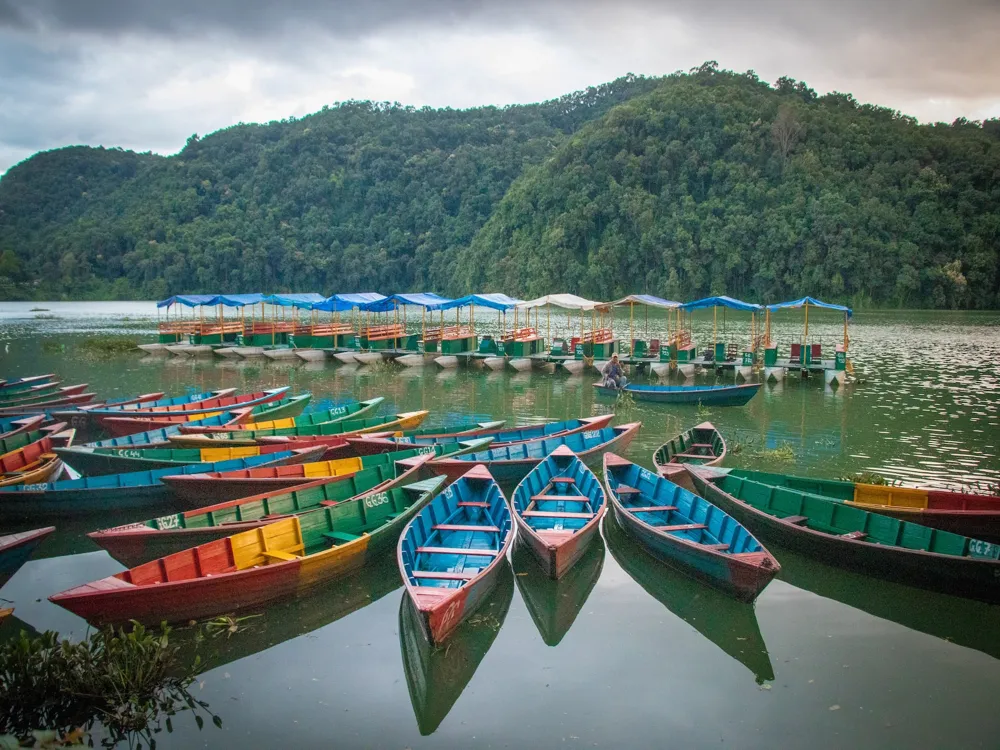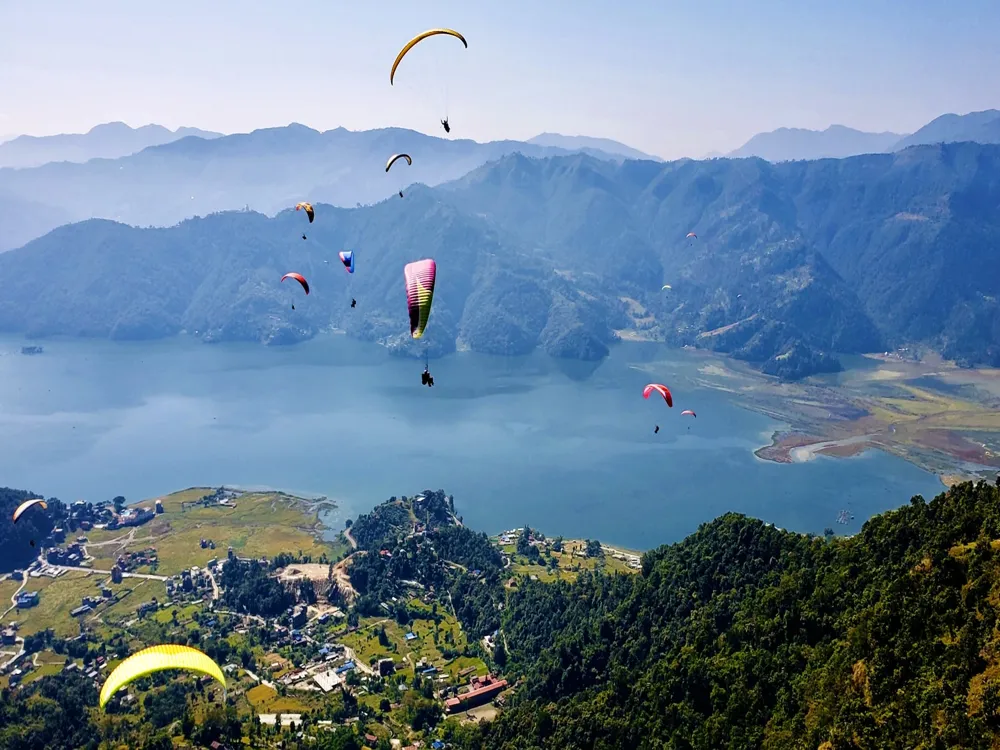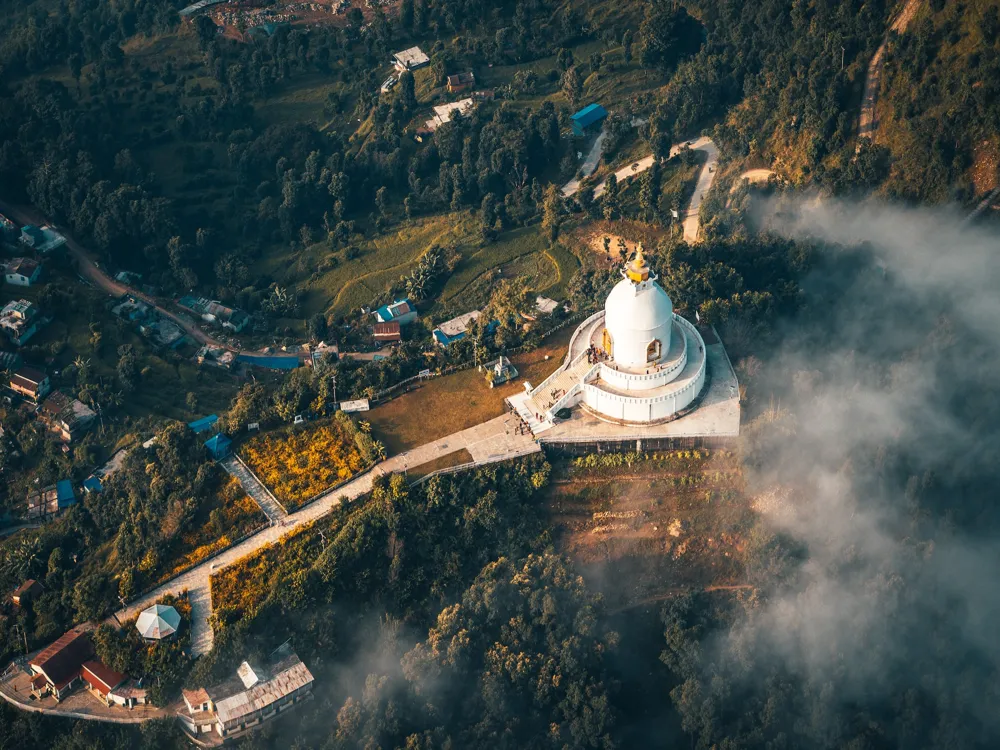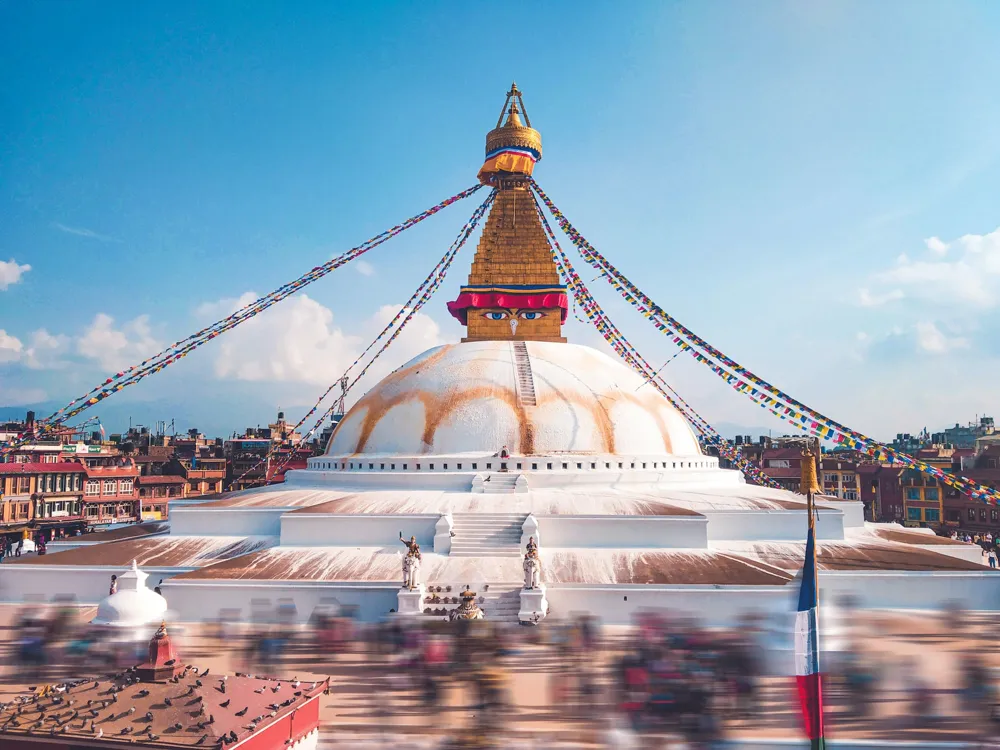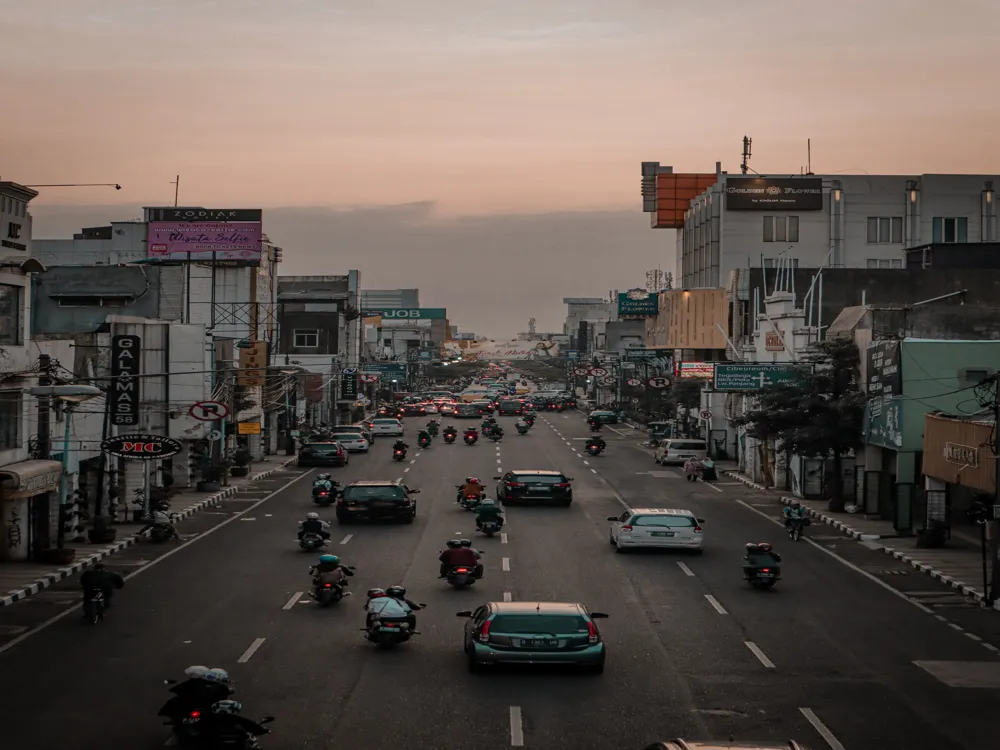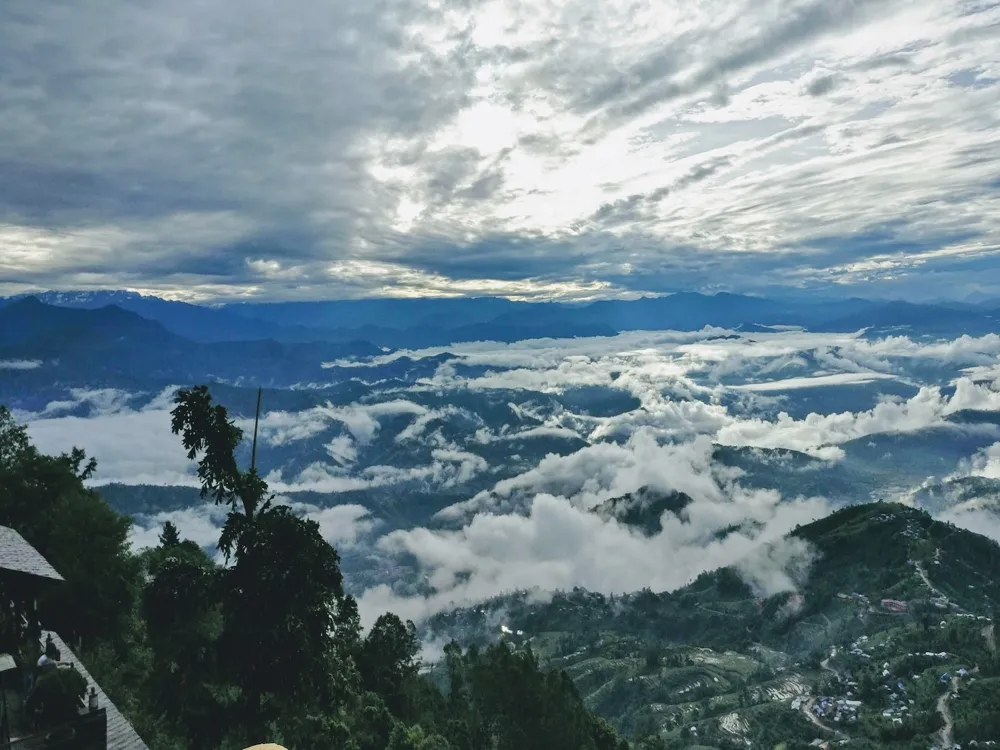Plan Your Travel To Pokhara
Places To Visit In Pokhara
Seti River Gorge
Seti River is famous for its deceptive river course and its milky white water. The water cuts a deep gorge right across the mighty Mahabharata range and then runs a deep chasm in the middle of the town. The gorge can be seen from a park in the Old pokhara close to the Gorkha Museum.
Shanti Stupa, Pokhara
Shanti Stupa in Pokhara also called as Peace Pagoda is a stunning monument located on the Anadu Hill overlooking the mesmerising Phewa Lake with the charming Annapurna Mountain range in the backdrop. It is a popular tourist attraction and a striking landmark or a pleasant pit stop for the intrepid climbers. The surroundings have several trekking trails to cross to Phewa Lake and explore the Himalayas. One can either cycle through one of the tracks that lead to the top of the hill, take the road to the Stupa or enjoy a drive through the scenic location. The picturesque beauty is quite captivating, and the tranquil vibe of the monument is worth a visit for those seeking it.
Read More
Shree Gaden Dhargay Ling Monastery
Shree Gaden Dhargay Ling Monastery is a Tibetan Buddhist Monastery located in Pokhara, Nepal. It was established with an aim to spread Buddhist teachings and Tibetan influence in the country. The peaceful, quiet and secluded environment of the monastery is perfect for meditation and some introspection. The prayer ceremonies here are awe-inspiring and enchanting. The Monastery isn't very big and houses about 28 monks.
Tal Barahi Temple
Tal Barahi Temple, also known as Lake Temple or Varahi Temple is a two-storey pagoda temple located on a small island on Phewa Lake in Pokhara. Dedicated to Goddess Varahi, who is an incarnation of Goddess Durga, both Hindu and Buddhist followers visit here for worship. It is believed that the temple was built by King Kulmandhan Shah because of a dream that he saw. The main shrine set has traditional pagoda type architecture mostly made of wood, bricks and stone and has a premise large enough to accommodate a number of devotees. The premise also has decent seats where one can sit for a moment or two before heading back to the city. When visiting the Phewa Lake, sailing to the island and exploring the temple is much recommended.
Goddess Varahi is an avatar of Goddess Durga who is believed to be the symbol of strength (Shakti). Varahi or Barahi means 'Boar' in Nepalese. It is a form which was taken by Goddess Durga to kill the destructive demons. She is believed to have fought the mighty demons with her tusks and killed them all. After the fight, she is believed to have visited the Pokhara Valley and found it so enticing that she wanted to stay there. Ever since, this powerful form of Goddess Durga has been an important deity for the Hindu community in Nepal. Locals also state that the temple was in fact, built by an ardent worshipper of Goddess Varahi, King Kulmandhan Shah of the Shah Dynasty. It was made during his resign in 1864, and he chose the spot on an island in the middle of Phewa Lake for the temple to be built. The island was actually formed after the inflow of water to Phewa Lake was controlled by a dam built nearby.
Read More
Tibetan Refugee Camp
The four official Tibetan settlement camps in the city of Pokhara is a small world in itself. These refugee camps were built for the thousands of Tibetan refugees that came to settle in Nepal after the Chinese takeover. They sell beautiful handmade jewellery, trinkets, carving and carpets for the visitors to showcase the beauties of Tibet. This is a popular place where tourists come to buy souvenirs.
Trekking
Pokhara is a trekker's paradise. The northern region of the city offers several short treks ranging from one to as many days as you like. The treks offer a spectacular view of the Himalayan range and the surrounding valley. Some of the popular trekking trails are Ghorepani Poon Hill, Mardi Himal, Khopra Danda, Dhampus Village, and Annapurna Base Camp.
Yoga in Pokhara
Nepal is a hub of a variety of spiritual seekers looking for peace of mind and soul. Various yoga and meditation centers around Pokhara offering peaceful environment and a magnificent landscape are perfect for such retreats. Visitors can learn a new way of life with more happiness and less stress in these yoga centers. Introductory classes are sometimes free.
Basundhara Park
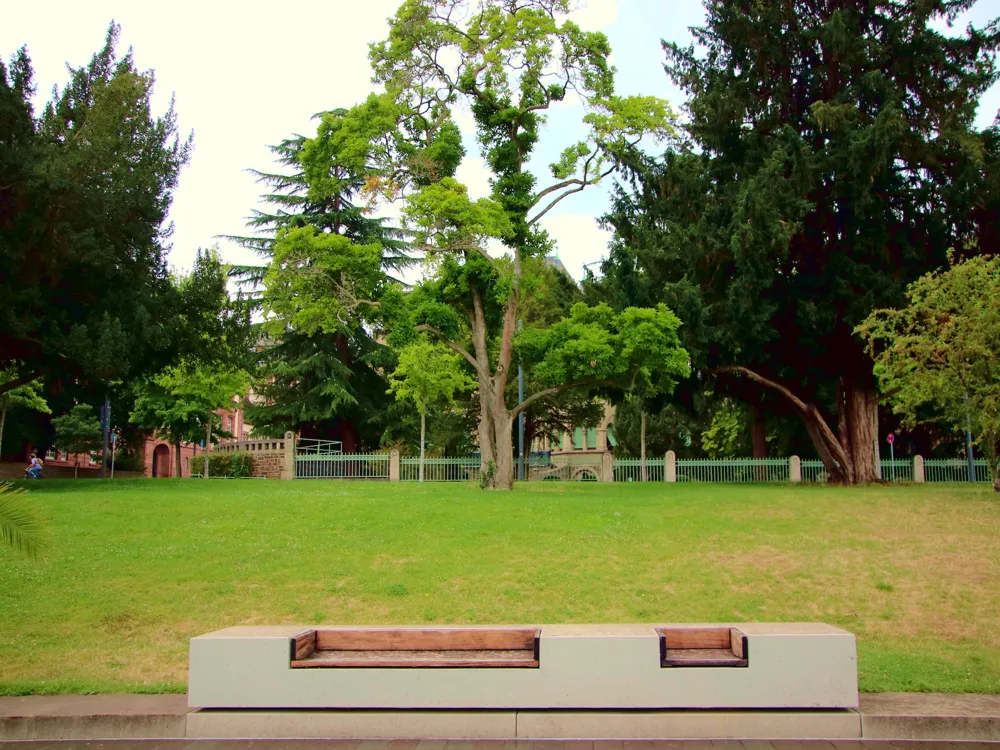
Located next to Phewa Lake, Basundhara Park attracts tourists all year round. The park offers boat rides and fishing opportunities on the lake, and visitors can also rent boats and row across the lake on their own. Early morning joggers in the park can also spot birds in the Serene environment of the lake.
Bungee Jumping in Pokhara
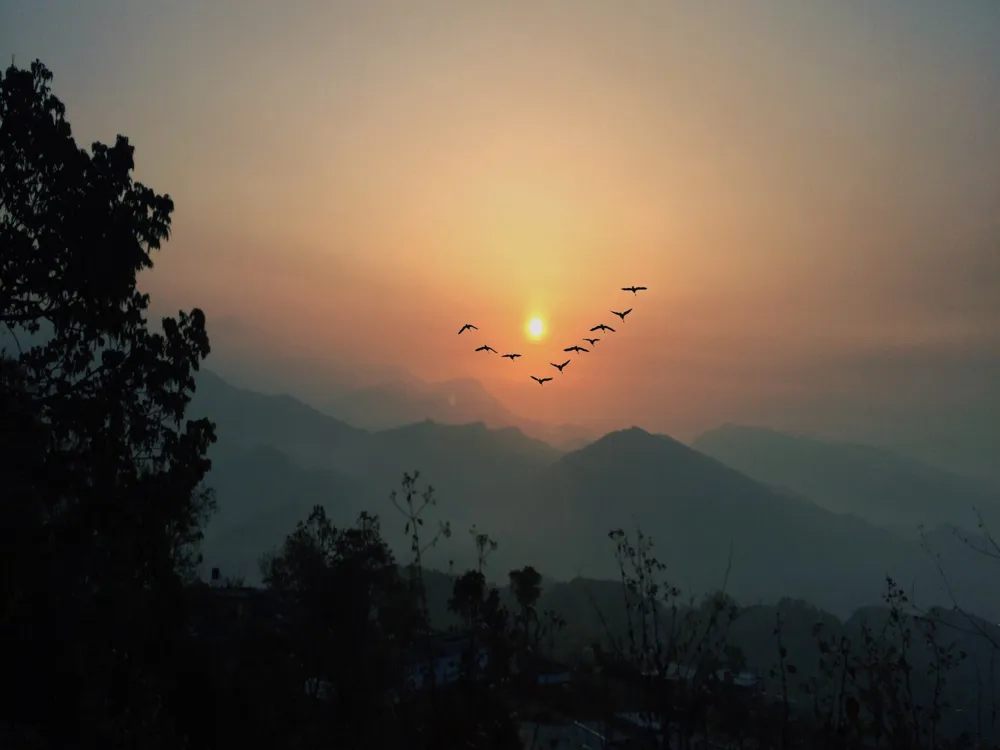
Bungee jumping is one of the most popular activities in the Himalayas. Pokhara is home to the world’s second highest bungee jump, the Kushma Parbat offering an adrenaline-packed 70-metre vertical drop and 3 seconds of free fall. Operated by Highground Adventures, Pokhara Lakeside Bungee Jump is the world’s only water-touch bungee jump. Tandem bungee jumping in Pokhara costs about NPR 4,500.
Pokhara Lakeside

200 kilometres from Kathmandu, the Lakeside part of Pokhara surrounds Phewa Lake, which is popular for its reflections of blue skies and the lofty Mount Macchapucchre. Tourists can row to the middle of the lake to reach Varahi Mandir, the holiest Hindu shrine in Pokhara, while the World Peace Pagoda waits on the other side of Phewa Lake. The Gurkha Museum and Devi Falls provide glimpses of local history and folklore, and visitors can try mountain climbing at the International Mountain Museum. For the adventurous, Lakeside offers paragliding, rafting and kayaking, and it is also the starting point for trekkers scaling the Annapurna range.
Read More
Pokhara Travel Packages
View All Travel Packages Pokhara
Nearby Places Pokhara
Browse Package Collections
Browse Hotel Collections




